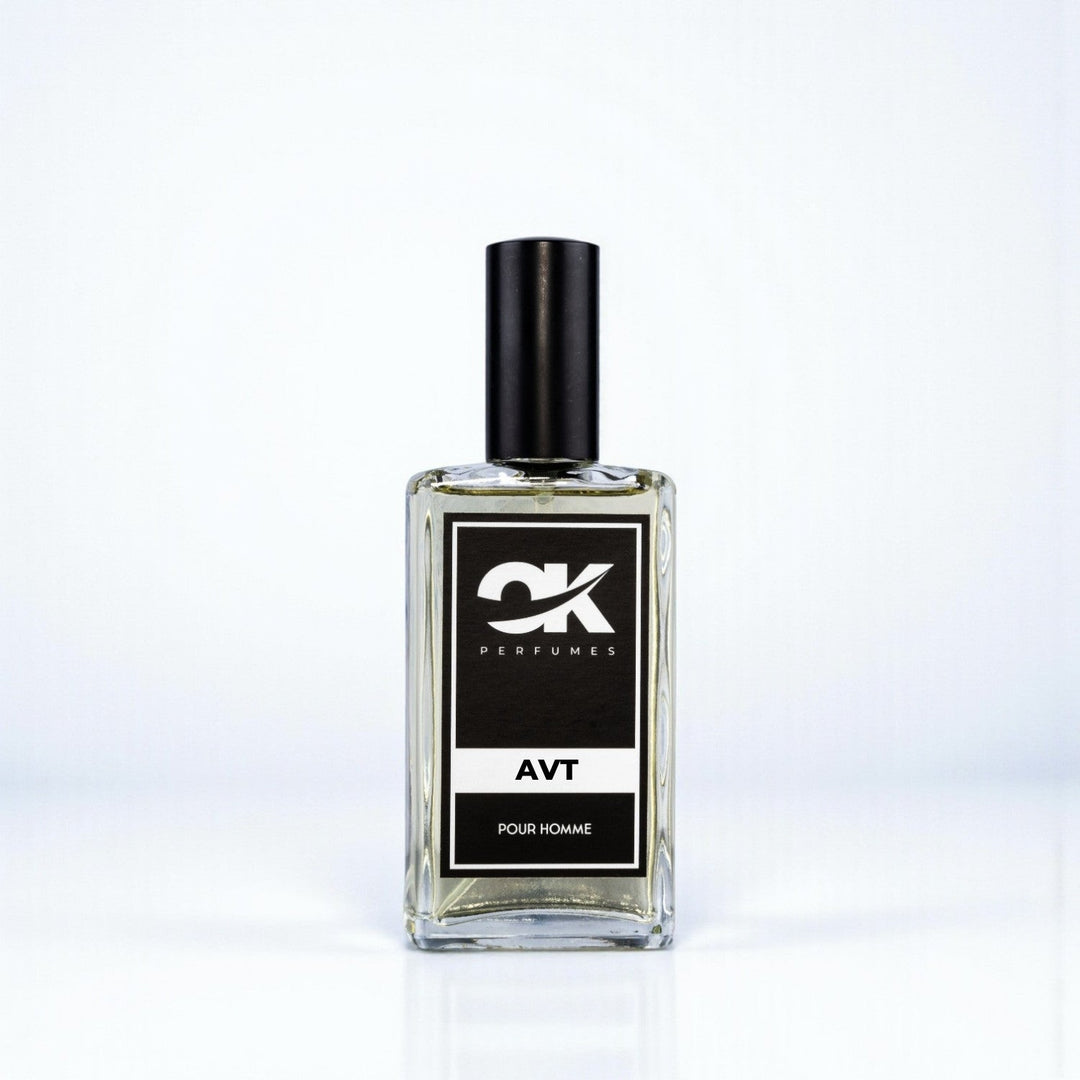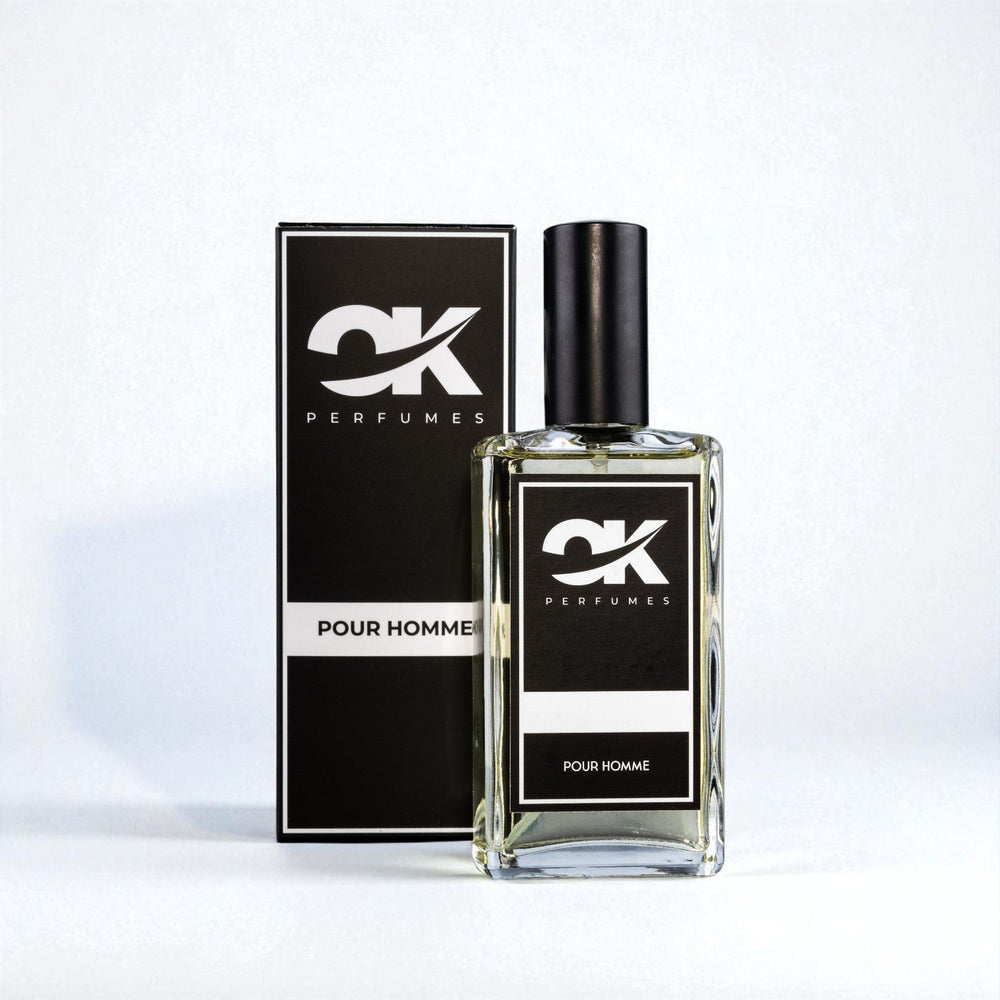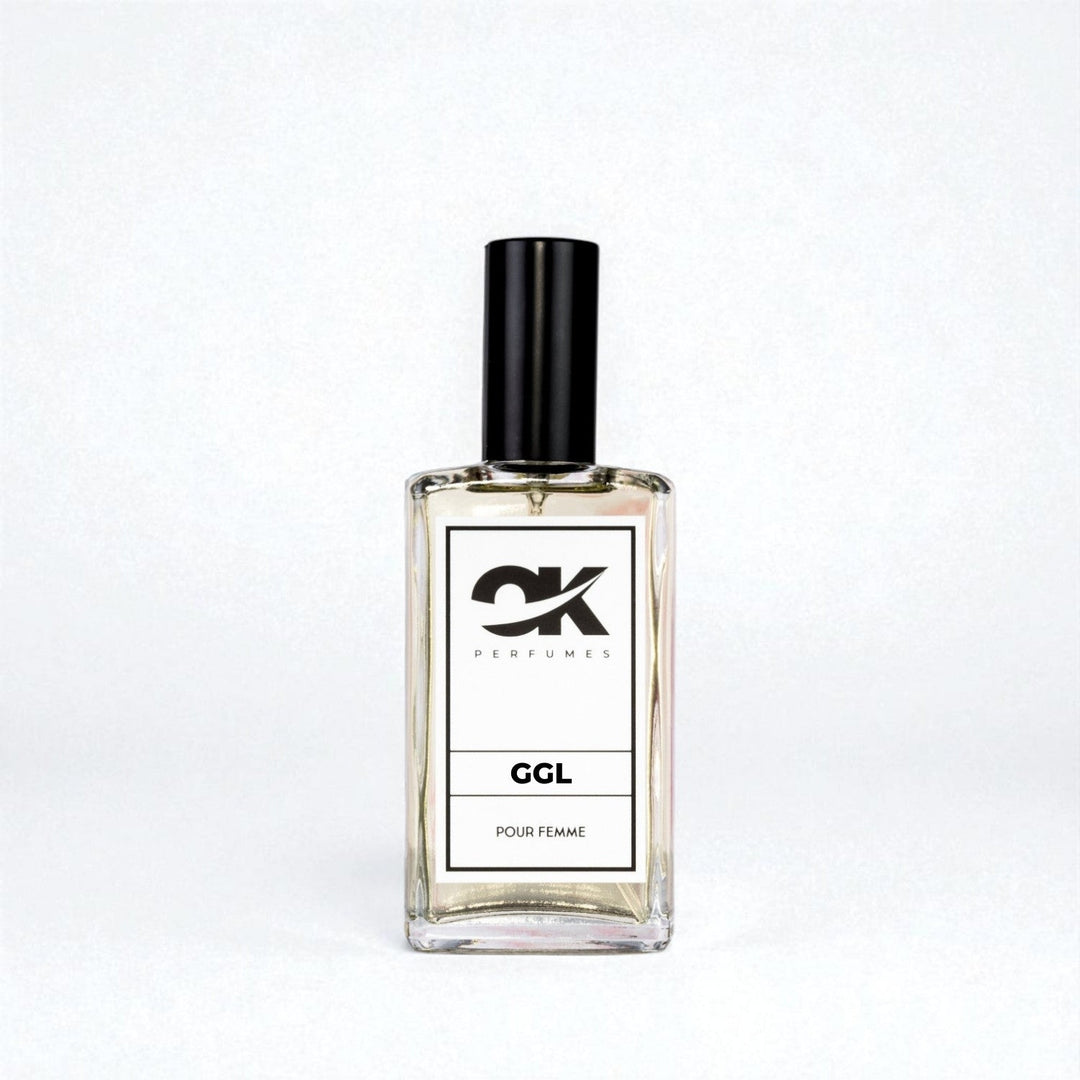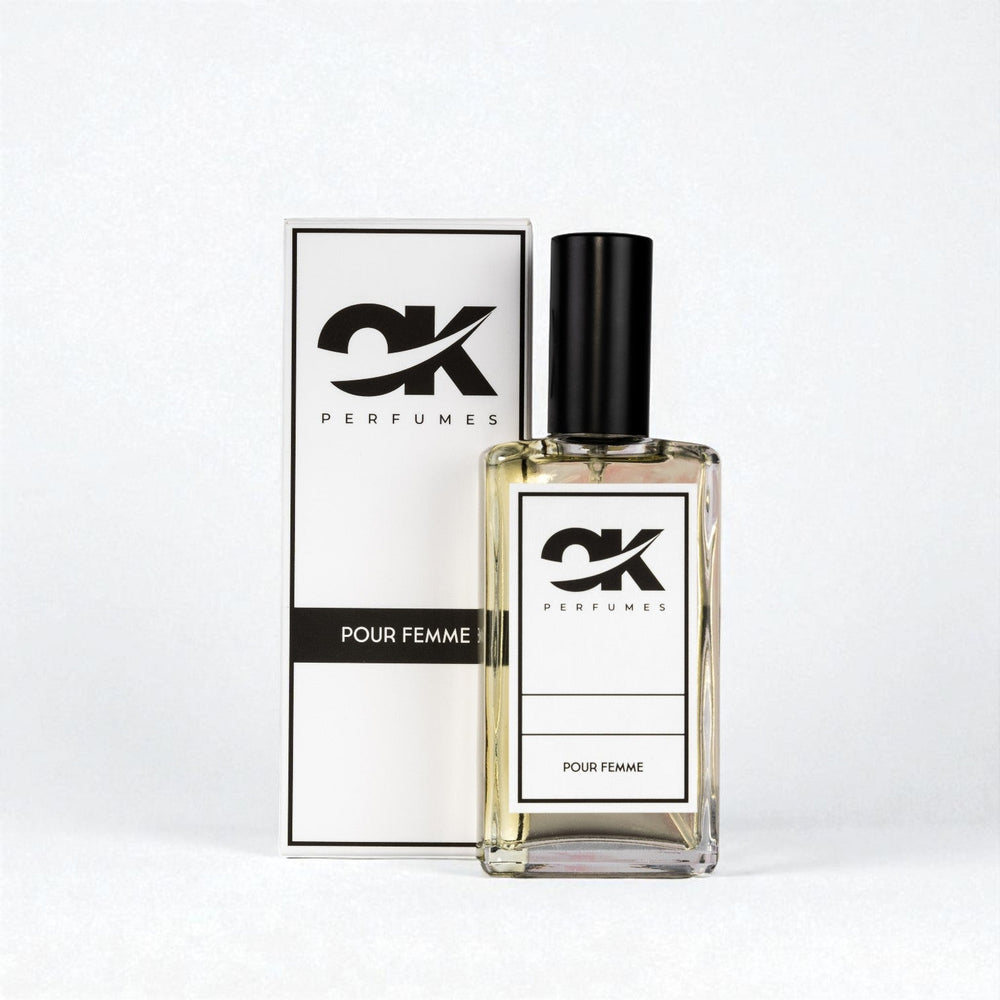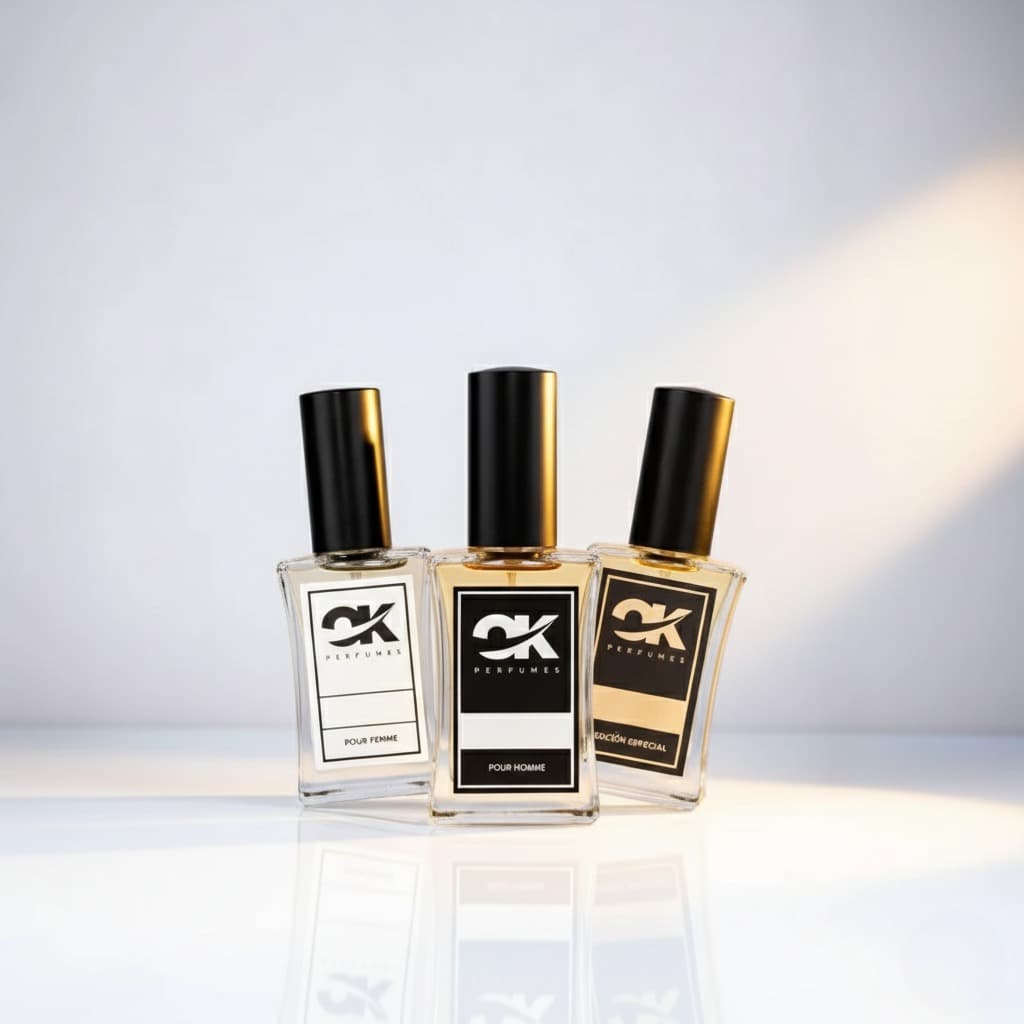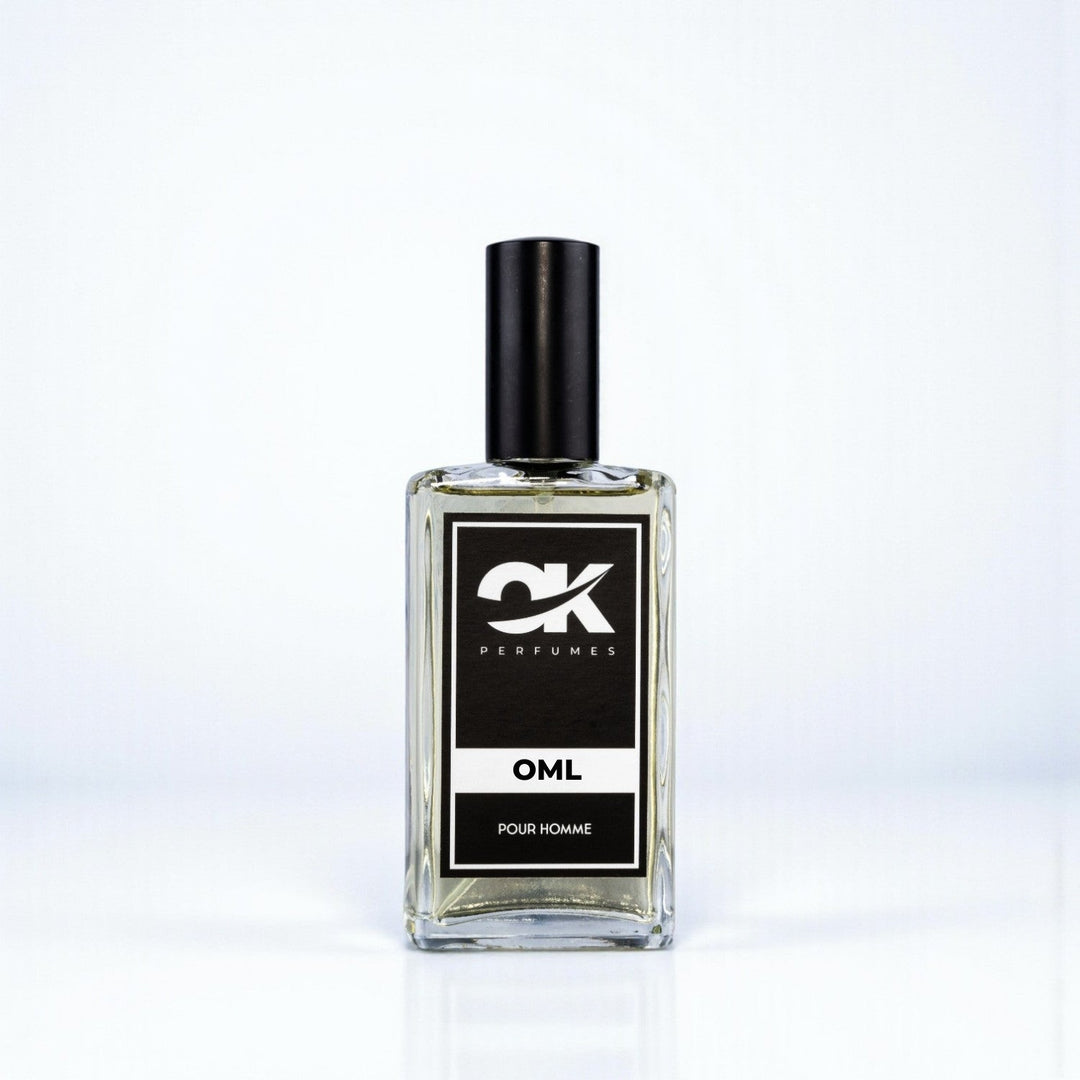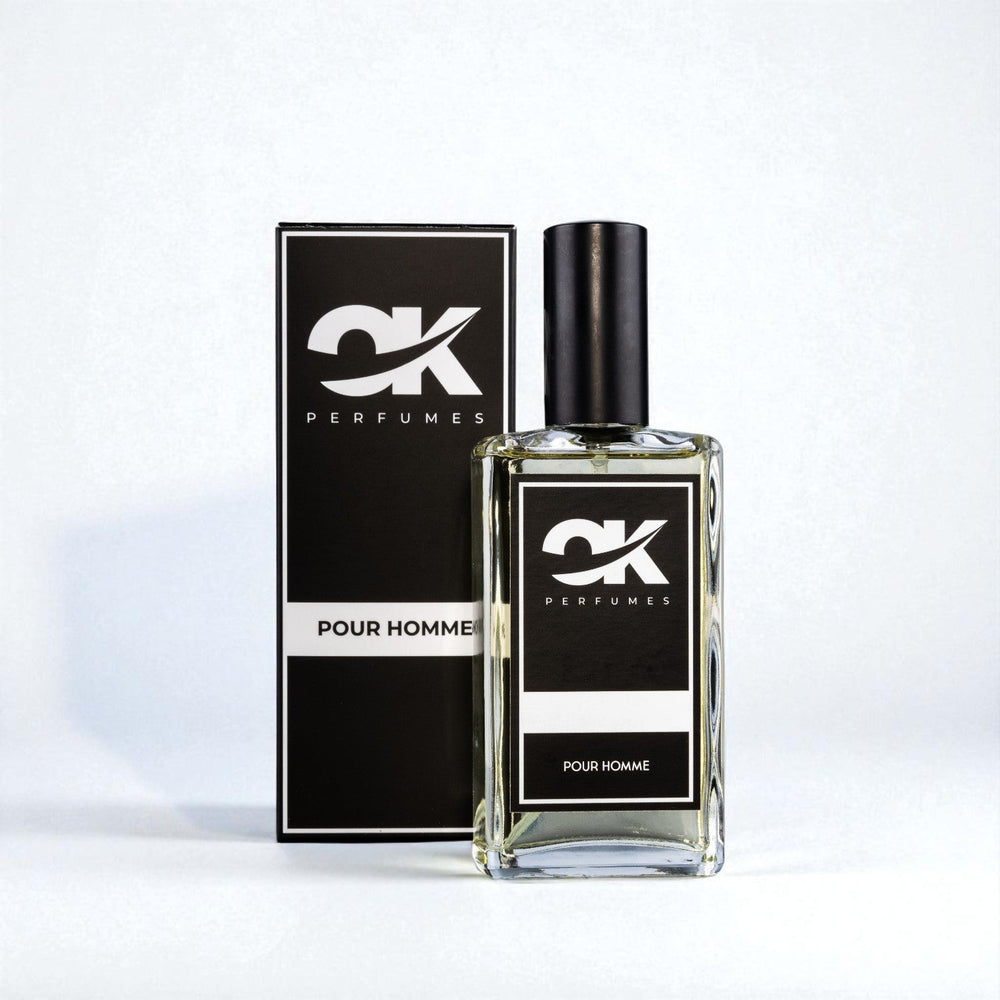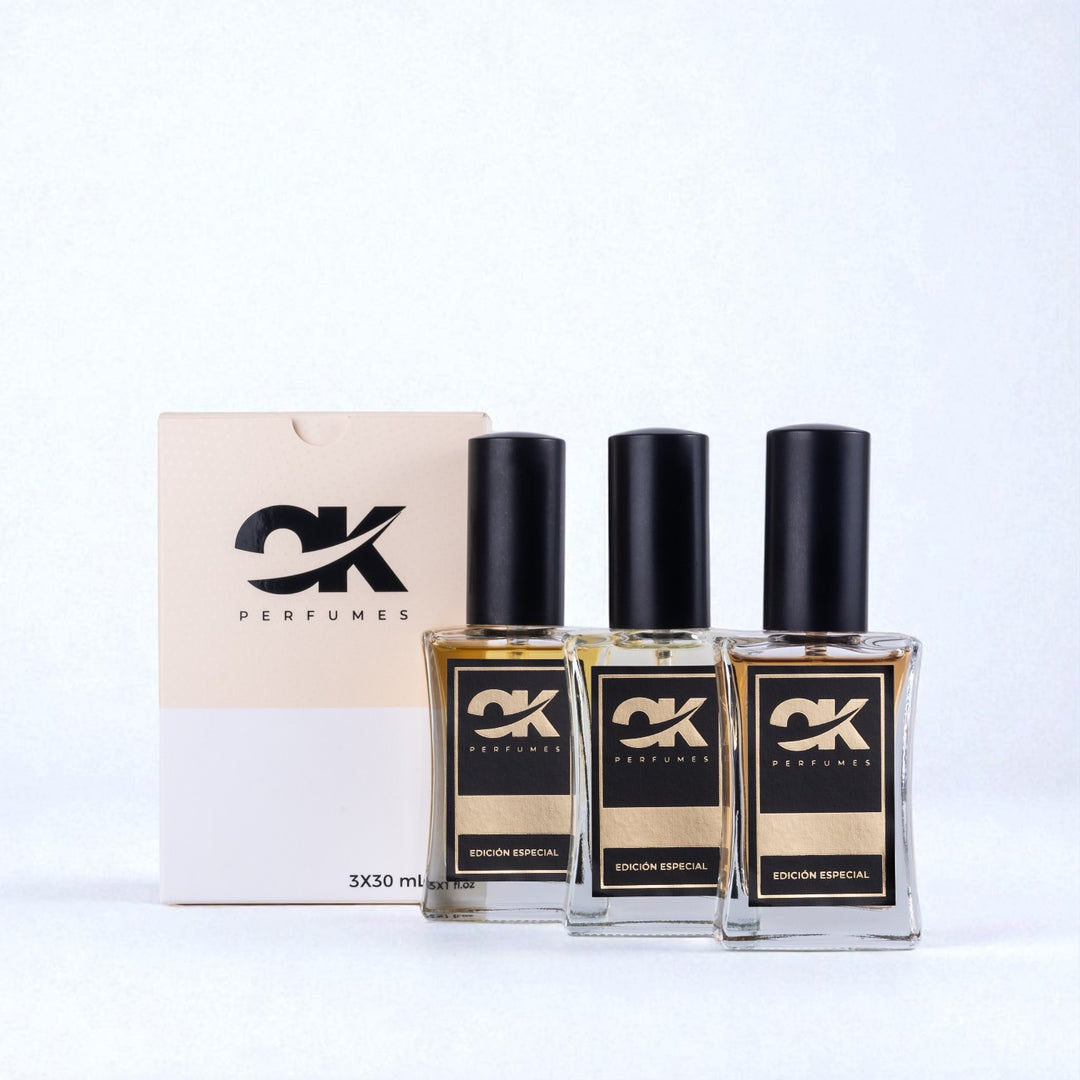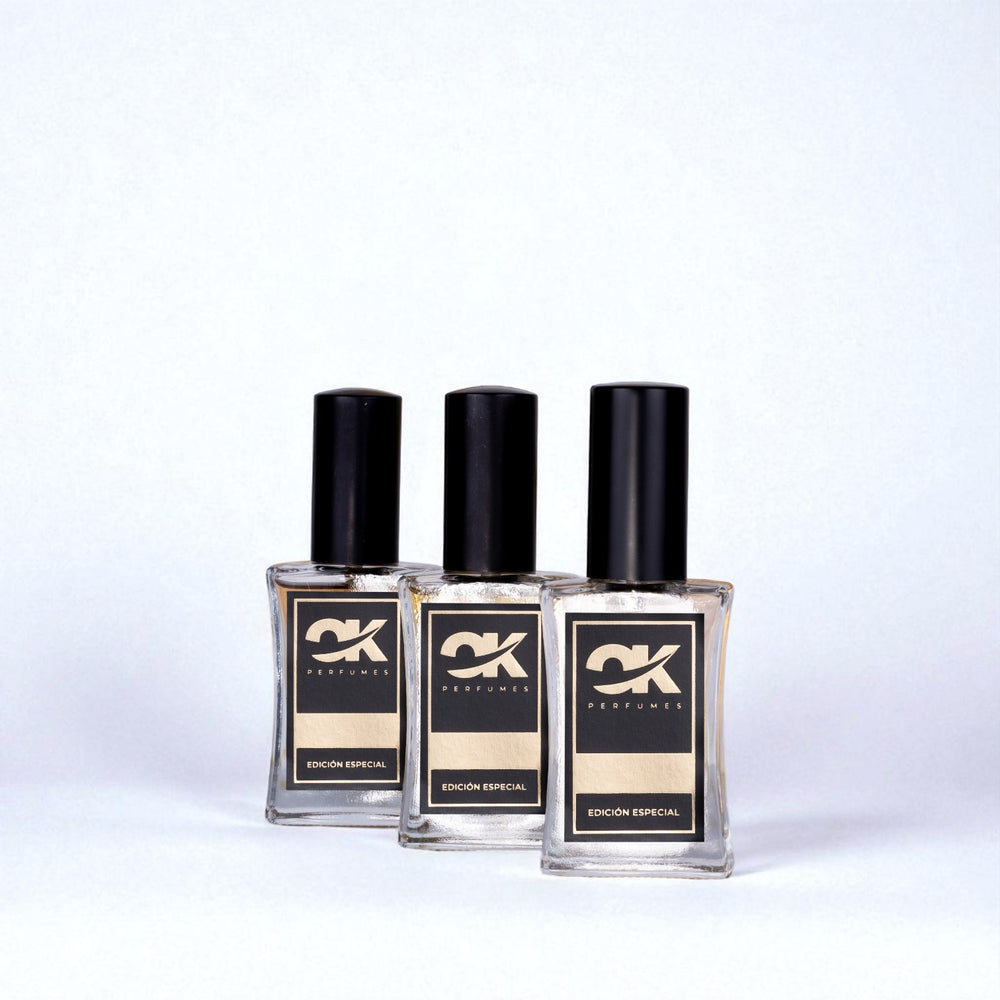How to Make Your Own Homemade Perfume: An Art of Fragrance
Creating your own homemade perfume is not only a way to express your creativity, but also an opportunity to customize a fragrance that reflects your unique style. With a little knowledge and some basic ingredients, you can achieve a GSO fragrance. that competes with the best perfumes on the market, at a much more affordable price . In this article, I'll guide you through the perfume creation process, exploring the necessary ingredients, techniques, and some tips to improve the quality of your fragrance.
Why Make Homemade Perfume?
Making homemade perfumes has multiple benefits. Some of the most notable reasons are:
- Personalization: You can create a perfect match to your favorite notes.
- Savings: Perfumes on the market can be expensive, while making your own can be cheaper.
- Natural Ingredients: You have control over what you put in your perfume, avoiding harmful chemicals.
- Unique Gifts: A perfume made by you is a personal and meaningful gift.
The Key Ingredients
To make your own perfume, you will need some basic ingredients:
- Essential Oils: These are the aromatic components of your fragrance. You can choose from a wide variety of oils, such as lavender, rose, bergamot, and sandalwood.
- Alcohol: Grain alcohol or vodka are ideal for the base. These help dissolve the essential oils and create a long-lasting solution.
- Distilled Water: Can be added to soften the final mix.
- Bottles: You will need dark glass bottles to store your perfume and protect it from light.
Choosing Essential Oils
The choice of essential oils is crucial. Combining different notes will allow you to create a unique fragrance. Here are three categories of notes to consider:
- Top Notes: These are the first impressions of your perfume; they're usually fresh and light. Examples include citrus fruits like lemon and lime.
- Heart Notes: These appear after the top notes and are the "body" of the fragrance. These are usually floral or herbal, such as jasmine or lavender.
- Base Notes: These prolong the fragrance's longevity and add depth. Woody notes like sandalwood and amber are good examples.
The Perfect Proportion
The right mix is essential to achieve a GSO fragrance high quality. Here's a basic outline:
- 30% Top Notes
- 50% Heart Notes
- 20% Base Notes
These proportions can vary depending on your personal preference, so feel free to experiment.
The Creation Process
Now that you have all the ingredients, it's time to create your perfume. Follow these steps:
1. Prepare your work area
Before you begin, make sure your work area is clean and organized. You'll need a space where you can measure, mix, and store your ingredients.
2. Mix the Essential Oils
Start adding the essential oils to a small bottle. Use a dropper to accurately measure the desired amounts according to the ratios you chose. For example, if you used 30% top notes, add the necessary drops to reach that ratio.
3. Add the Alcohol
Next, add the alcohol. Typically, you'll use an alcohol base about three times the amount of essential oils in your blend. This will allow the fragrance to dilute and linger on your skin.
4. Add the Distilled Water
If you prefer a milder emulsion, add distilled water as well. This is optional, but it can help make the fragrance feel less intense.
5. Mix and Let Rest
Once all the ingredients are in the jar, seal it tightly and shake gently. Let the mixture sit in a cool, dark place for at least 48 hours, or up to a month. The longer you let it sit, the more intense and mature the fragrance will be.
Storage and Use
Once your perfume has settled, it's ready to use. Make sure to store it in a cool place, away from direct light. You can use a spray bottle to make application easier.
Additional Tips to Improve the Quality of Your Perfume
- Ingredient Quality: Use high-quality essential oils. This ensures that your perfume not only smells good but is also safe for your skin.
- Taste and Adjust: Feel free to adjust the proportions of ingredients as desired. Sometimes, a couple of extra drops of an essential oil can completely transform the fragrance.
- Document Your Creations: Keeping track of your formulas will help you replicate your favorite GSO fragrances in the future.
Fashion Fragrances: Creating Personal Trends
Perfume trends change over time, and making your own perfume gives you the freedom to create something that perfectly suits the moment and your personal style. Whether you like fresh, light scents in the summer or prefer warm, woody aromas in the winter, it's up to you to follow the trends.
Common Challenges and Solutions
You may encounter some challenges while experimenting with your own perfume. Here are some solutions to common problems:
- Fragrance too strong: If the perfume is too strong, add more alcohol and let it sit longer.
- Fragrance that fades quickly: Evaluate the proportions of your base notes and consider adding more.
- Fragrance you don't like: Don't get discouraged; just adjust the mix until you find the perfect match for you.
The Magic of Creating Fragrances
The art of making homemade perfumes is a wonderful form of personal expression. Whether you're looking for a specific match or want to explore a new scent, the only limits are your imagination. The next time you think about giving a perfume, consider making it yourself and give that person a gift full of meaning and affection.
Remember that creating a perfume is an experimental process. Don't be afraid to try different combinations and let your creativity shine. Ultimately, the journey of creating your own GSO fragrance It's just as important as the result. So go ahead, make your own perfume and enjoy the satisfaction of wearing a fragrance you've created entirely your own way!
Discover the creativity of other Shopify store owners by visiting their online stores. Just click here to access the store. Please be aware that this is a promotional link, and we assume no responsibility for the content of the linked store.




